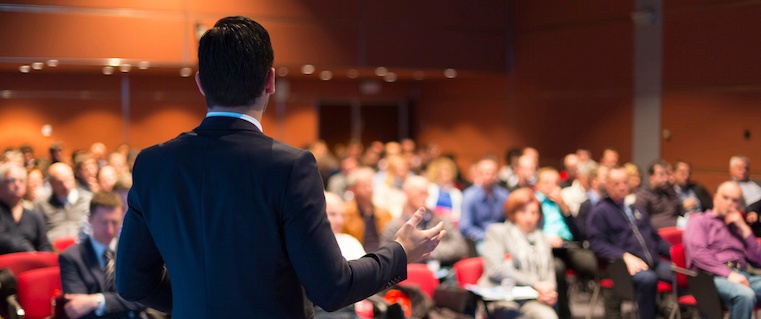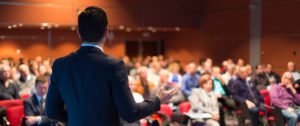After listening to the “MOOCS” involving Synchronization and Timbre and the Sounds of Athletes, I made multiple connections with the sounds one may hear on an everyday basis. In one of the videos the idea of sounds being musical and the grunts you hear in tennis acting as if it was dialogue made me realize that the sounds of sports are not random at all, but beneficial to the athletes. The grunts release a gasp of air and allow them to put more force into the ball and the constant call and response allows the sounds to be synchronized to increase focus for the athlete. Similar to the Kiai, Haka, or even using cars as instruments with honking the sounds may often reveal the source or subject and the space it is resonating in whether it is a dome or an open space. I also was intrigued by the idea that one cannot isolate the sounds from the other aspects of an experience. In much of what we do the sounds that are involved reveal the action and add to the experience of what is occurring. Baseball would not be as memorable without the crack of the bat or the sound of the baseball hitting the mitt. Currently as I type I wonder how strange it would be to not hear the sounds of my fingers tapping the keys. All of these activities and experiences would be disoriented with sound. On another note the synchronization of these sounds creates an orchestra and very interesting result. Whether it is the loud noises of traffic or even the sounds of people talking at a train station or cafeteria. The cacophony of sounds produces one whole complete noise that is distinct from every other sound. This made me realize how some sounds are pleasing while others are not and creating a beautiful sound one may hear in a song can be difficult to make. For even something like public speaking something people do everyday is said to be one of the most difficult things to do. Why? Because maintaining certain tones and rhythms and creating a synchronized and constant flow of sounds is a very difficult task to do while your voice changes with increased nerves.
The second “MOOC” played a melody and then created images based on the beat and sound of the song. As a snare drum was hit or a bass drum played a square appeared and each time the squares were layered back on top of each other. The images presented honestly make sense and are pleasing to the mind because you can almost see the sound just as one can see with the rise and fall of sound waves. I related this similar coordination to the art form of dance and how a fast song with have rapid movements in a dance while a slow song with have much smoother and slow paced movements. The sound directs the physical movements just as it did the with harpsichord melody of Marta La Reina and Grupo La Cumbia made with the squares shown on screen.
In the nature video I am creating I have to create a balance of sounds of rivers flowing, wind blowing in the trees and layer it with the alternative pop music I have added to the video. The flow and speed of the images on screen must match the sounds heard in the videos otherwise the video could get overwhelming or confusing. Sound remains a fundamental piece to all art and can make or break many creations.
https://blog.hubspot.com/marketing/science-public-speaking-tipshttps://www.google.com/url?


